Elementary Program
Upper Elementary Curriculum
Language:
Math
Geometry
Cultural
Science:
Geography/History:
Specials:
Unified Elementary Annual Themes:
Model UN:
As our Upper Elementary and Middle school continues to grow, we continuously look for ways to enrich our program with meaningful opportunities for our students. Our teachers and administrators were brainstorming ideas for the upcoming year and the Montessori Model UN came to mind. We began researching more about the year-long program and knew it would be a perfect fit. As Montessorians, our students are taught early on the principles of peace education. What better way to learn about the value of peace and cooperation than to participate in a working model of the world’s peace keeping organization, the United Nations. The Montessori Model UN allows students to immerse themselves in the diplomatic process of the UN and become delegates as they learn about different countries and work together to solve global issues.
The teachers attended classes over the summer to become certified coordinators as our school was selected to participate in the program. When the school year begins, we will be learning about the UN organization with the students and discussing different global issues. The students will then start researching their assigned countries and topics. Different topics ranged from Youth, Disarmament and Non-Proliferation to Convention on Biological Diversity to the Empowerment of Rural Women, to name a few. Our student delegates will work diligently for many hours both in and out of school to become experts on these real-life global issues that their countries are facing.
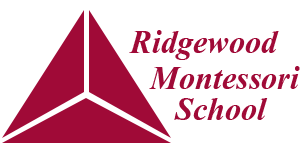
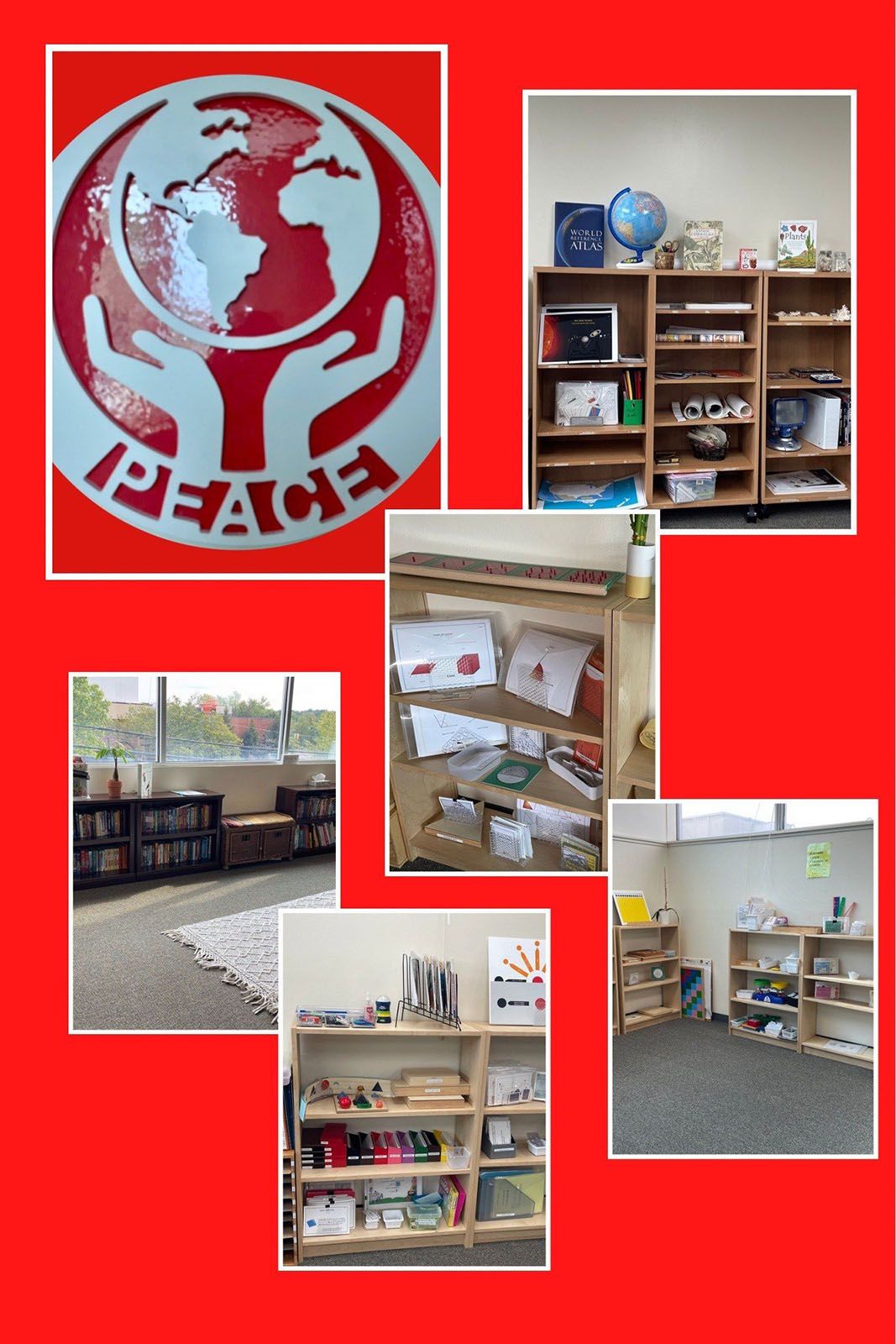
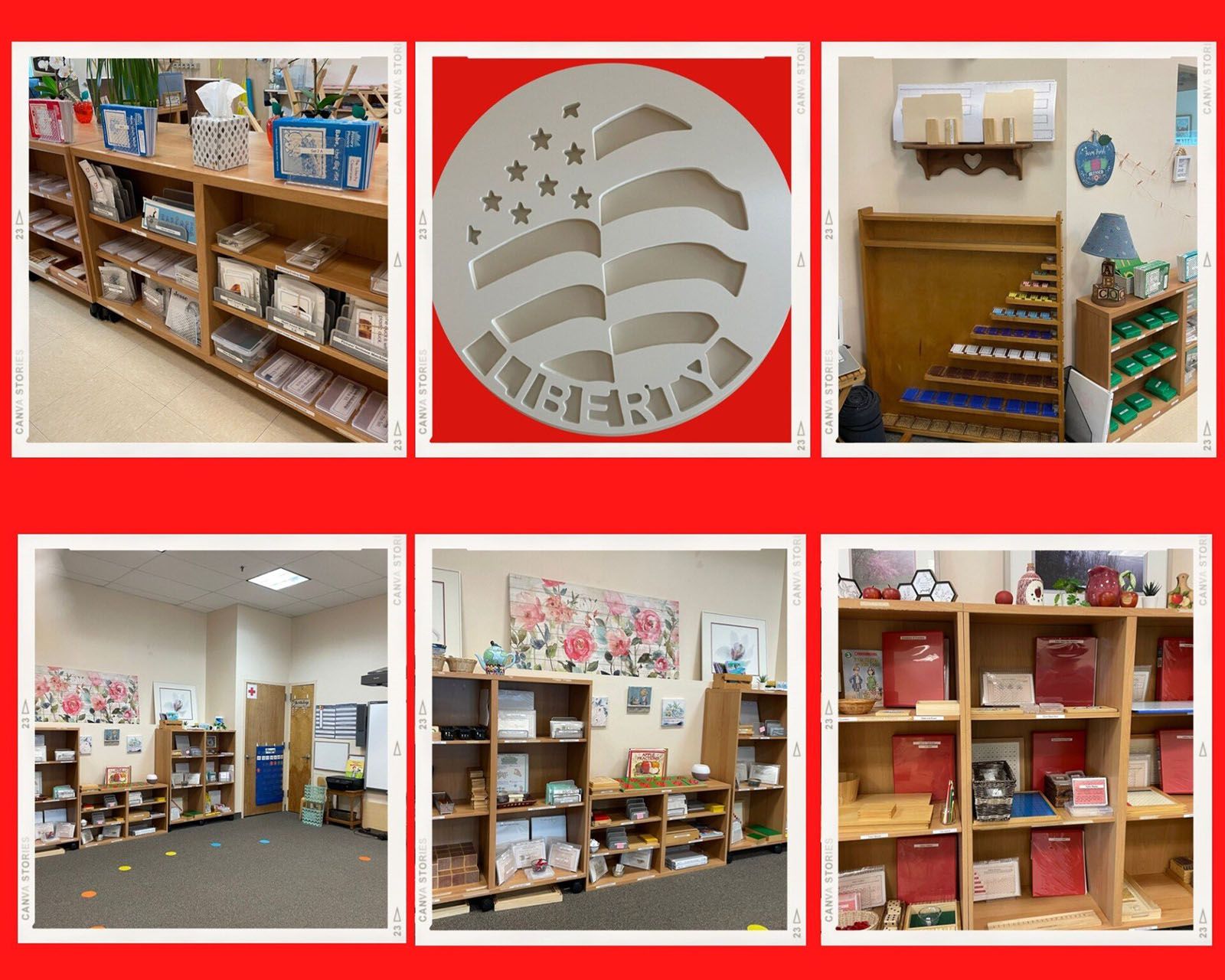
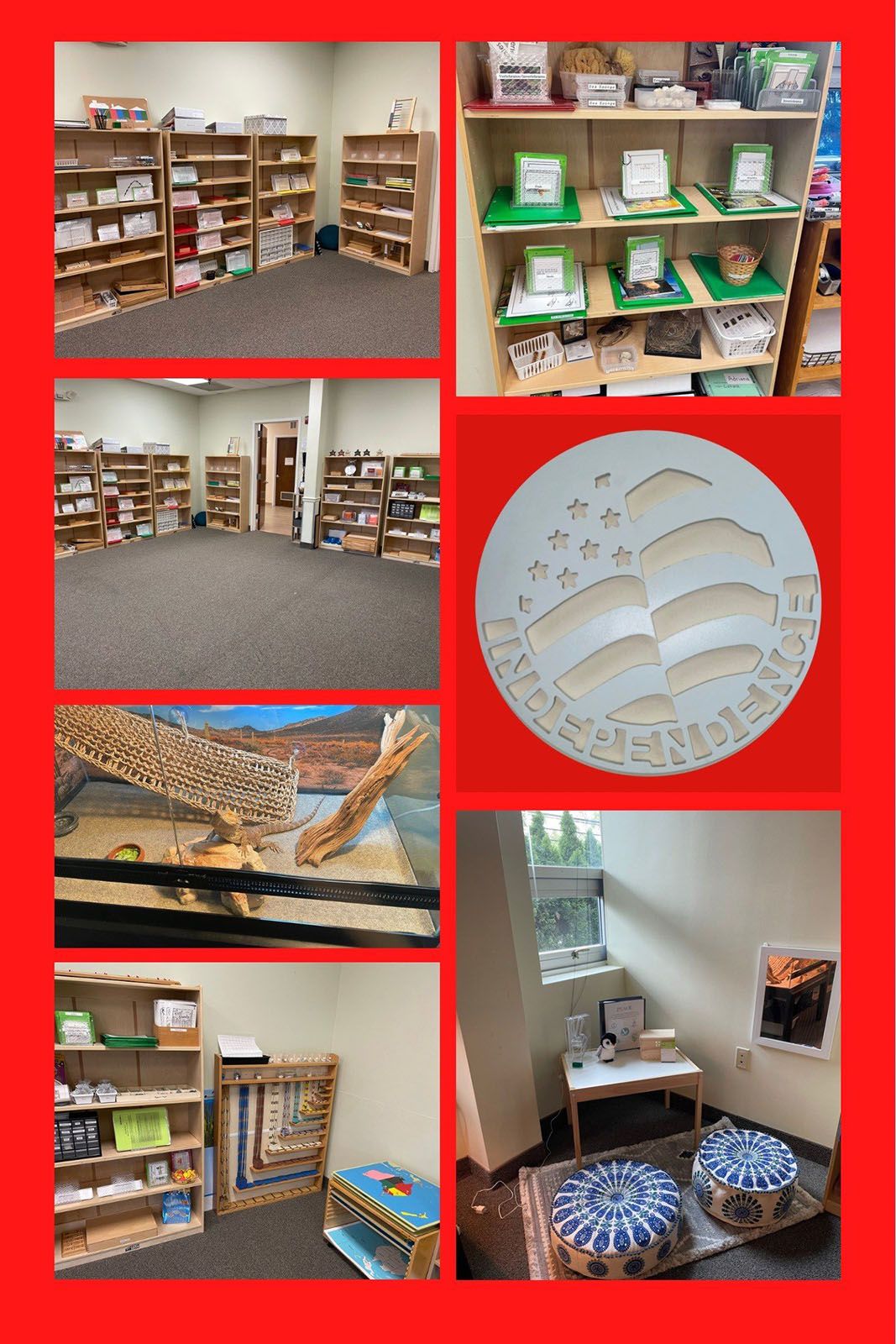
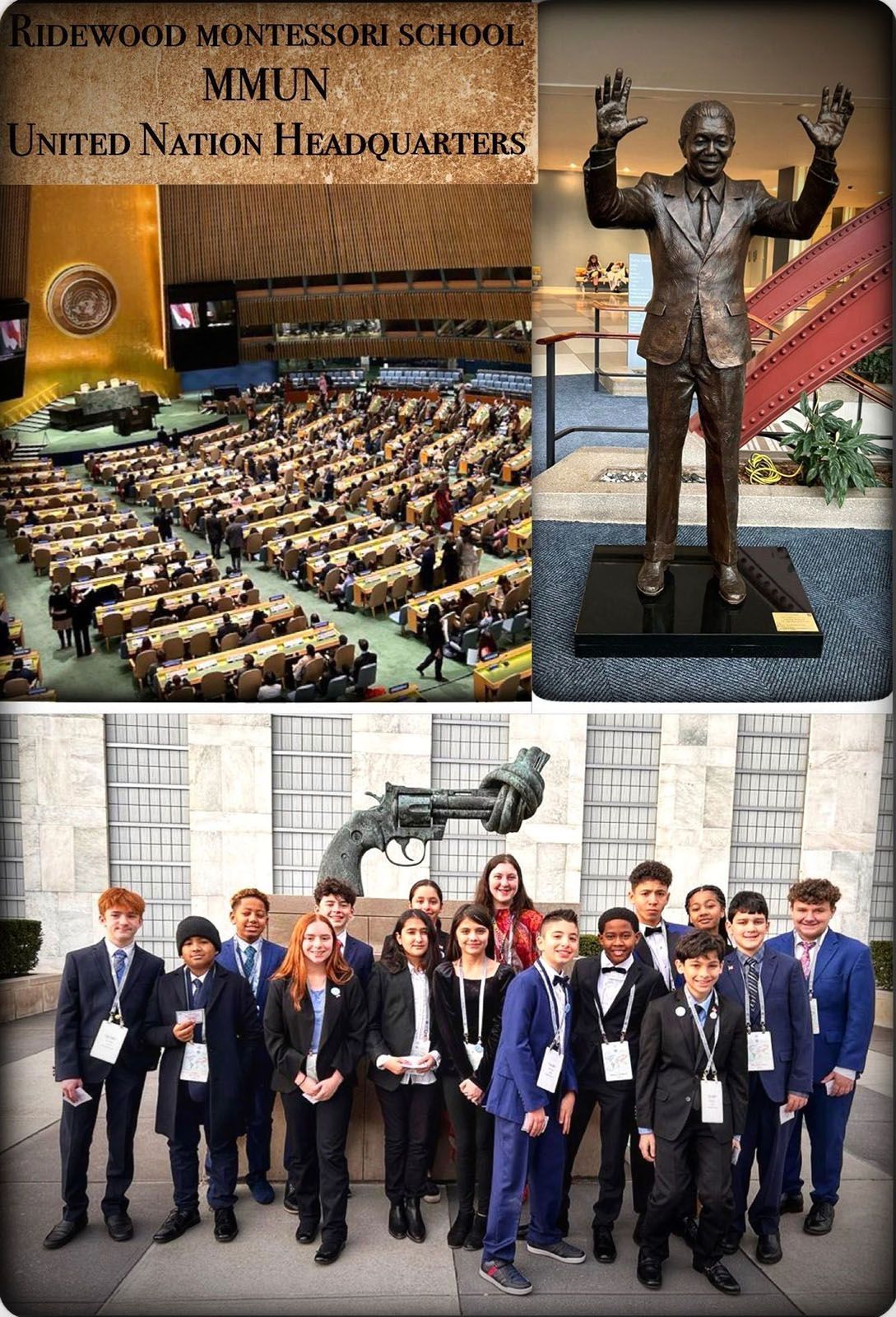
Share On: